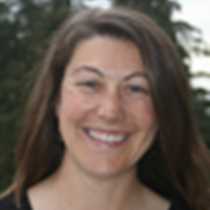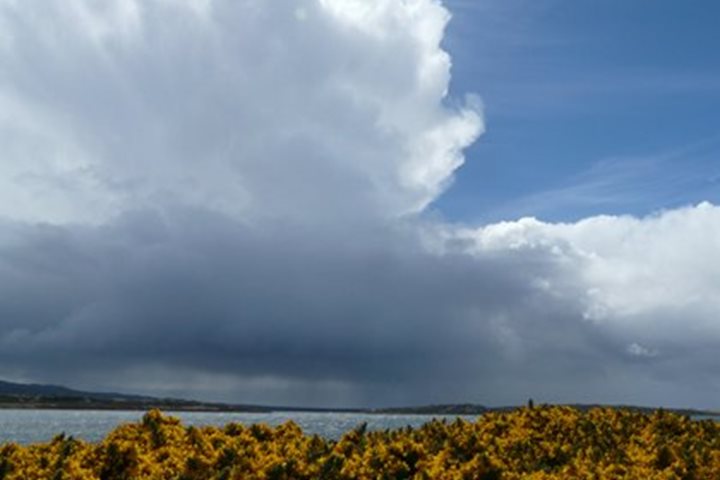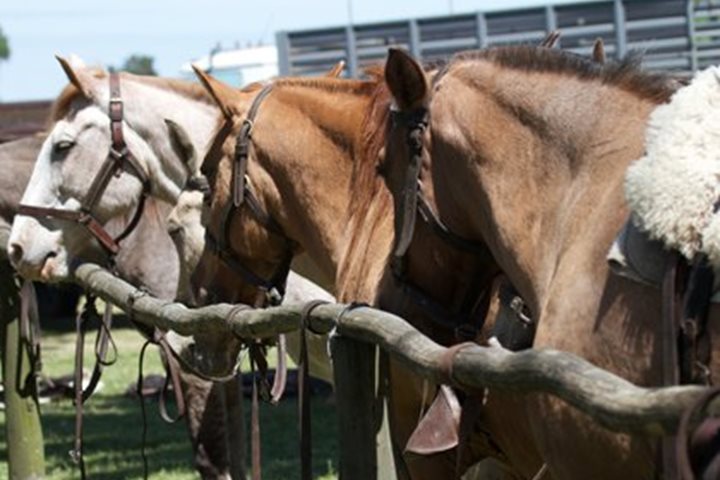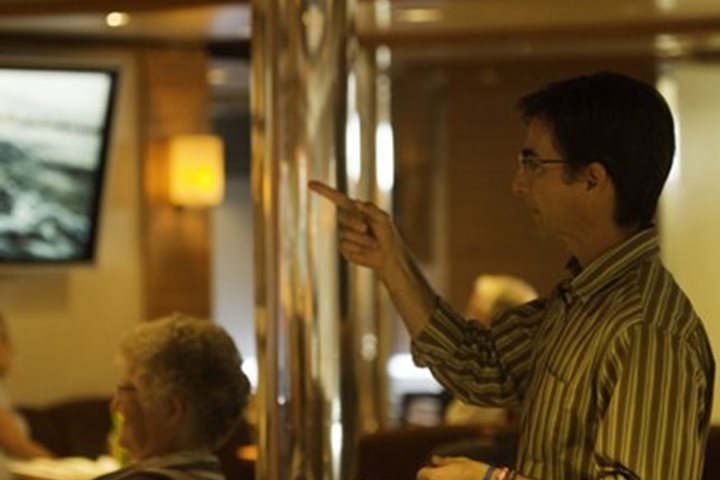We arrived to the port and capital city of Paramaribo in the wee hours last night, docked just downriver from the large bridge which offers road access connecting this country to French Guiana. Once daylight broke, our ship’s party split into three different groups, with very different agendas.
The earliest risers began a day of birding with local guide Sean Dilrosun. Visiting three locations throughout the day, everyone was treated to some incredible sightings, even for some of our most experienced birder-watchers. Some favorites of the day included the rufous crab hawk, the Guianan piculet, and the blood-colored woodpecker, as well as numerous encounters with curious monkeys. After a brief stop for lunch at the ship, the passionate group continued their wanderings well into the early evening and everyone returned with smiles on their faces and many species to add to personal life lists.
The remainder of the ship’s company split in two. One half chose to focus more on the history of the city of Paramaribo and the colonial history of the country of Suriname, while the other left the city for a more agricultural region, focusing on nature and the culture of the Maroon people.
The city tour began with an introduction to the culture and history of Suriname, and continued through the day with visits to Fort Zeeland, Fort New Amsterdam, and the Marienburg Sugar Plantation. This last location was made even more special because the tour of the plantation was guided by its last surviving worker. The forts provided very different experiences and very different kinds of architecture. Fort Zeeland had an especially good museum as an introduction, and all of the sights gave a good perspective on the Dutch colonists who arrived in Dutch Guiana (now Suriname), and attempted to “tame” the wilderness here. Dutch is still spoken widely in the country, harkening back to this long-time colonial presence, but Suriname is a melting pot of peoples from many corners of the world: Chinese, East Indian, African, European, as well as the local Amerindians. This diversity is reflected in the religious tolerance that is found here as well. In Parimaribo, we visited a synagogue and a mosque which were situated side by side. We also visited a Catholic cathedral along the way, further illustrating the religious diversity found in this small corner of the world.
The third group enjoyed a very diverse day, spending it entirely off the ship. Explorations began at a Neotropical Butterfly Park, with colorful and aromatic plants and numerous species of butterflies, moths, boa constrictors, and land tortoises, mostly for export to Europe and North America. We enjoyed being surrounded by the beautiful blue morpho butterflies as they fluttered around in their enclosure. Our second stop was to Para Flor, a private botanical garden in a rural part of the countryside. The shade provided by the numerous trees and flowering plants (and the palm fruit juice provided by our hosts!) was a welcome respite from the heat of the day. Lastly, we visited Santigron (meaning “sandy ground”), a Maroon community that was kept hidden for many generations. Maroons are the descendants of escaped African slaves, and their culture and society still reflect this. We sampled 14 different dishes of local fare for lunch, including the delicious “peanut rice” which is reserved only for special occasions. Our visit to the village included a boat ride on the Saramacca River, a walk through the traditional village to see the homes, architecture, and spirit houses, and finished with a cultural dance performance. The drumming and dancing was the most representative aspect of the African culture, which has seemed to change or evolve little in the generations of Maroons who have continued to make their homes in Suriname.
The evening concluded with a spectacular lightning storm in the sky above the ship.
Suriname is an incredibly diverse country with many different things to offer. It offered us merely a glimpse of the incredible possibilities in this amazing place.







